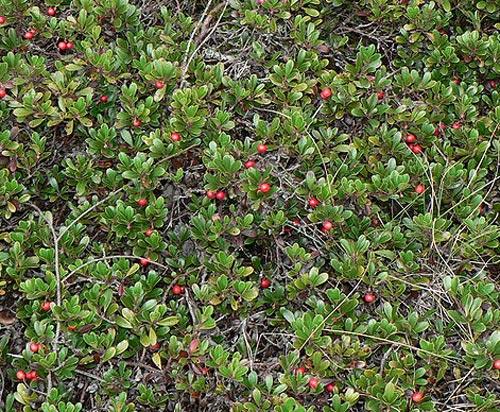Who knows what April will bring? Maybe the last of the rain, or
a freeze, or lots of sun. But do get your gardening gloves out of
retirement and head out to see what’s blooming and if the rain
caused any damage.
The Melissa Garden in Forestville/Healdsburg will be offering
tours monthly all summer by well-known garden designer, Kate Frey.
Those of you who went to Hopland to see the gardens there at Fetzer
Winery will know her work. She designs for wildlife, especially
bees and the Melissa Garden has lots. They make beehives, care for
them and plant masses of flowers to support them.
Kate’s April tour is on the 16th from 10 a.m. to 11:30 a.m. You
could go to every tour and learn something new each time! Tour
donation is $25: call them at 707-433-2114 or send an email to
register at: qu******@th**************.com.
They will email you a map and the address to send the check. They
also have classes and tours for children to learn about bees and
honey. Check their Website at: themelissagarden.com.
Are you looking for a low-growing ground cover for sun or light
shade? This is it: Arctostaphylos uva-ursi or kinnikinnick, also
called bearberry. It trails and roots its stems as it grows. The
leaves are leathery and shiny green; the flowers are, as with other
manzanitas, little clusters of pinkish urns. Bright red berries
appear in the fall. It’s a great habitat plant; berries for birds,
flowers for hummingbirds and insects. It’s pretty carefree but will
not do well in very hot situations, as it is happiest near the
coast. Arctostaphylos ‘Emerald Carpet’ is a good hybrid to try. If
your soil is not acid, use peat moss when you plant it.
Do you have an Easter lily? Water only when dry to the touch and
keep it in indirect light. Cut off the faded blossom and stem. When
it’s done blooming, plant it outside in light shade with good
drainage and it should bloom again next year and perhaps more.
Citrus needs fertilizer this month. Use one that contains iron,
as leaves often yellow over the winter. Native plants do not need
fertilizer, as they will grow rampant and out of control. You can,
however, mulch like crazy with good organic humus.
Many plants may be showing frost damage, but don’t prune them
quite yet, as we may get more frost. The damaged twigs protect the
new wood below.
Fuchsias bloom only on new growth, so prune off all of last
summer’s growth except for leaving two buds on each pruned branch.
When they start growing, pinch off the tips to make a fuller plant.
Fertilize them well.
Slugs and snails are on the rampage this month. Get them early
before they reproduce. They are easier to find now while leaves are
just starting to grow. Lots of wildlife eat these common “pests,”
so if they aren’t eating your prized plants, consider the wildlife.
I trap or pick them and carry them up into the woods behind my
house. But if you don’t have a wild area, stepping on them or
otherwise crushing them seems to me to be the quickest and most
humane method of dispatch. I avoid poisons in my yard for lots of
reasons.
igrowsonoma.org: An
organization offering advice on how to start a community garden in
your neighborhood. Check out their website for garden events,
gardens in your area, classes, a great blog by Wendy Krupnick and
Sara McCamant, and other information. Community gardens are
springing up all over Sonoma County and are such a fine way to get
kids involved in gardening.
The April meeting of the California Native Plant Society is on
the 20th, Tuesday, at 7:30 p.m. Meetings are at 2050 Yulupa Ave.,
the Luther Burbank Arts & Garden Center. Glenn Keator, native
plant guru and author, will present the program. He will talk about
great places to visit to see native plants. Should be
wonderful!
Please write me at: jo*******@co*****.net.
62.5
F
Healdsburg
April 19, 2025








